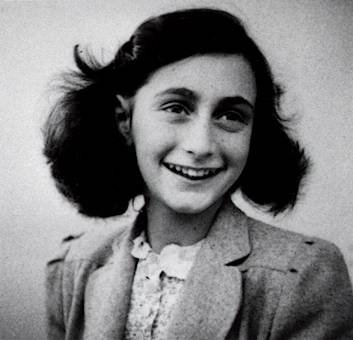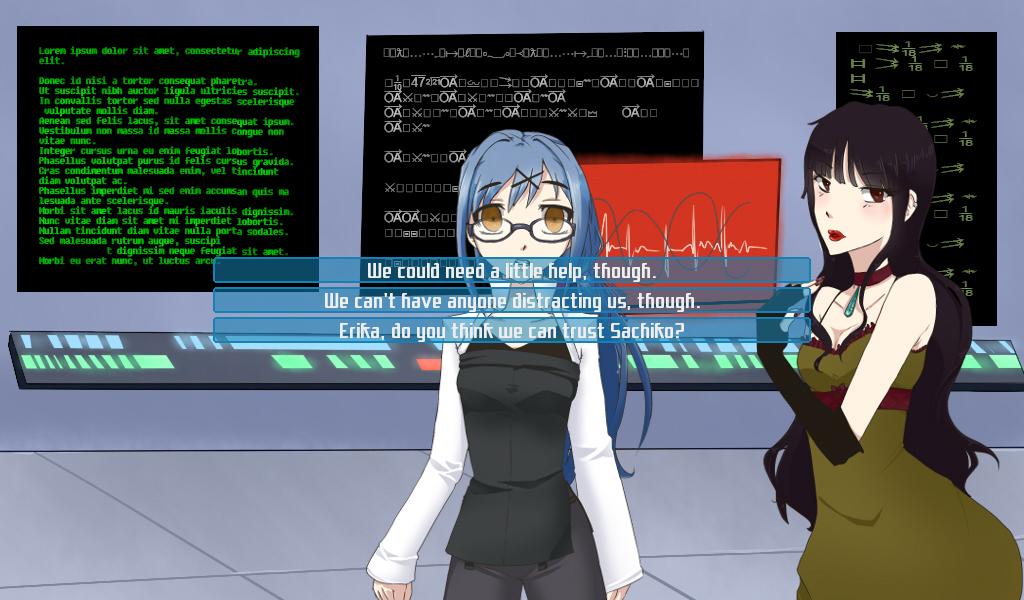

If you use dream sequences to convey themes, influence your character arcs or even make them part of the story structure itself, then there is a place for them in your screenplay. You can use them to delineate a character’s complex nature in a subconscious rendering of their innermost thoughts, feelings and fears. What is more common to the human experience than our nightly hallucinations? Dreams are a uniquely human concept. However, rather than trying to find ways to visually communicate a character’s backstory or motivations within the story, they slap it in a dream sequence and hope for the best.īy doing so, they are missing out on what makes dream sequences so powerful. This is because they are trying to follow the age-old rule of screenwriting, ‘ show don’t tell‘. In addition, screenwriters have begun to lean on the dream sequence as an easy way to communicate exposition. How many times does an audience have to witness a character die a horrific death only for them to spring upright in bed? It can seem a cheap tactic, one that attempts to heighten the stakes for the audience whilst simultaneously creating no lasting consequences. Through overuse and poor execution, dream sequences have unfortunately become a lazy screenwriting tool that often offers little to the overall story. It was all a dream! First the audience gasps. Dream Sequences as Part of the Story Structureĭream Sequences: Avoiding the Lazy Screenwriter’s Crutch.


Dream Sequences: Avoiding the Lazy Screenwriter’s Crutch.


 0 kommentar(er)
0 kommentar(er)
